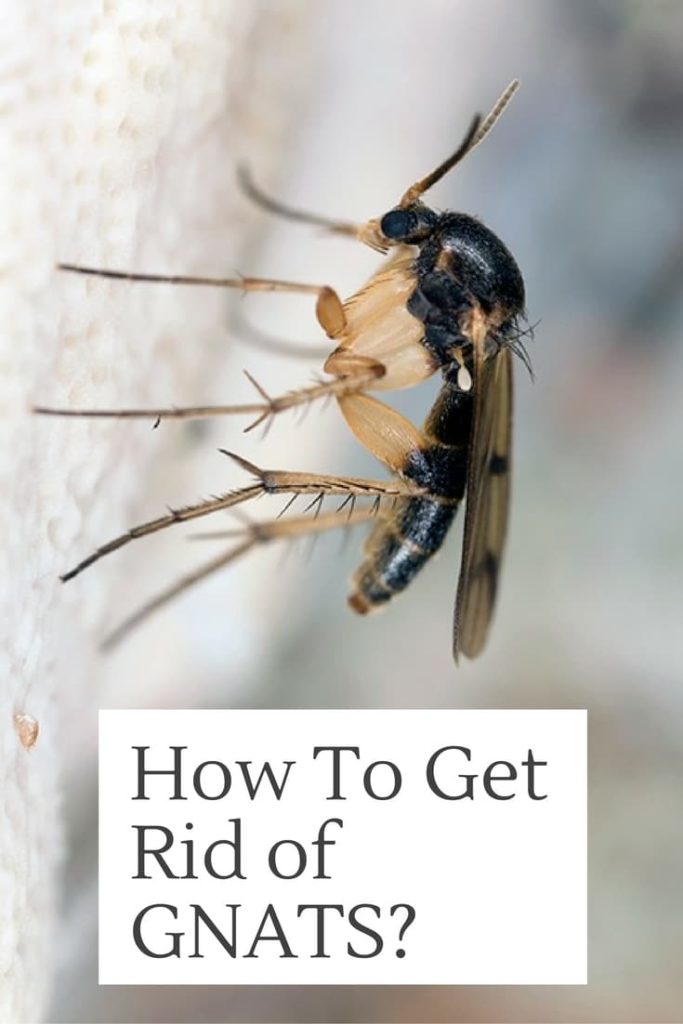Table Of Content

Beneficial nematodes to kill fungus gnat larvae—Some types of microscopic roundworms (Nematoda) are useful because they feed on fungus gnat larvae. The benefits are that they don’t affect your plant but kill off tiny bugs in the houseplant soil. Preventing adult fungus gnats from accessing the growing medium in your houseplants' pots means they’re unable to lay eggs, and this helps break their lifecycle. Fungus gnats tend to remain near their source of food—the organic matter and fungus in the soil. The adults lay their eggs in the soil, and the emerging larvae feed on the soil's organic material and the plant's root hairs.
Tiny Bugs in Your House—And How to Get Rid of Them
Yes, those tiny flies that come from your house plants are gnats (we told you there were lots of species). Because when fungus gnats are getting all up in your best indoor plants, flying around where you eat or looking at you from a wall... If this doesn’t work, you can also target the gnats with a spray-bottle filled with water, vinegar and a little bit of dish soap. If your infestation is extra stubborn, you can always hire a pest control company to come take a look.
15 DIY Solutions for a Pest-Free Home
With interior gnat and fly issues, the issue will likely go away once the feeding or breeding ground is found and removed. If you are having trouble finding where the gnats or flies are coming from, call a professional integrated pest management specialist to help you deal with the problem. Fruit flies are so small they can pass through ordinary screening used to keep other flies away. They are common in houses, especially kitchens, restaurants, and other food-handling sites, attracted to ripening or fermenting fruit, other fly droppings, and uncooked food.
How to Get Rid of Gnats Indoors
Place the card inside your houseplant pots, laying it flat on the surface of the soil. So, if you notice a fruit fly, it’s essential that you act quickly. Fortunately, we’ve pulled together some steps you can take to banish the fruit flies once and for all. It seems if you spot one hovering around your kitchen, the next day there’s dozens or more.
To combat these drain flies, mix ½ cup bleach into a gallon of water and slowly pour the mixture into the drain. Place a bowl containing this solution in an area where you’ve seen gnats. They will be lured in by the fruity-sugary mixture, and the sticky dish soap will trap them. Whether they’re hovering by the hundreds around your fruit bowl, clouding your vegetable garden, or swarming your face—attracted to moisture and salt—gnats are unwelcome visitors.
Look for leaky windows, roofs or other cracks that might be letting extra moisture into your home. Repairing these spots could reduce or completely eliminate your gnat problem, as they will lose their food source. The antifungal and sterilizing effect of hydrogen peroxide helps to sterilize potting soil and kill off gnat larvae in the soil. As soon as you spot tiny gnats flying around your plants, you need to act quickly. While some pesticides can quickly kill off gnats, you probably don’t want potentially dangerous chemicals in your home.
How to prevent a fungus gnat infestation
How To Get Rid of Fungus Gnats, a Common Houseplant Pest - Realtor.com News
How To Get Rid of Fungus Gnats, a Common Houseplant Pest.
Posted: Tue, 26 May 2020 11:02:15 GMT [source]
Fortunately, minor to moderate gnat infestations can often be exterminated with simple DIY methods and thorough cleaning. However, if you have a severe gnat infestation, it may take more than one of these methods to eradicate the pests. First, we’ll show you how to identify the type of gnats you’re dealing with. Then we’ll provide some strategies for exterminating them and preventing them from returning.
How Do Gnat Infestations Start?
For outdoor infestations, you can purchase an electric insect killer, or bug zapper, to install on your porch or patio. These products kill gnats with an electric charge when they fly into the device. Bug zappers are an excellent way to deter biting gnats in your yard but will not fully eliminate their population, only reduce it. Also, you shouldn’t install a product that’s meant to be used outdoors inside your home.

Don’t Give Gnats a Home
Unfortunately, they are very efficient at locating the source of fruity aromas, so they easily and quickly move in and set up house. Another option that can work for all types of gnats is sticky paper or cards. These cards are yellow—a color that gnats are attracted to— and have adhesive on their faces. As soon as the gnats land on them, they get stuck and dehydrate. There are small cards that can be placed in plant pots, hanging ribbons and other versions available.
Using the manufacturer’s instructions, pour some of the cleaner down the drain slowly to kill flying gnats and the larvae. Be sure to wear a mask, gloves and eye protection as drain cleaner can be particularly noxious stuff. Kitchen sink drains are common spots where gnats lay eggs, especially in garbage disposals. They love the warm, moist environment and any food and bacteria build up that occurs there.
However, it may be time to turn to chemical options if you try a few natural solutions and still have a gnat problem. If your plant soil is infested with gnat larvae and you’re having trouble getting rid of them, repot your plants. Sticky traps are a simple and cost-effective way to get rid of adult gnats.


No comments:
Post a Comment